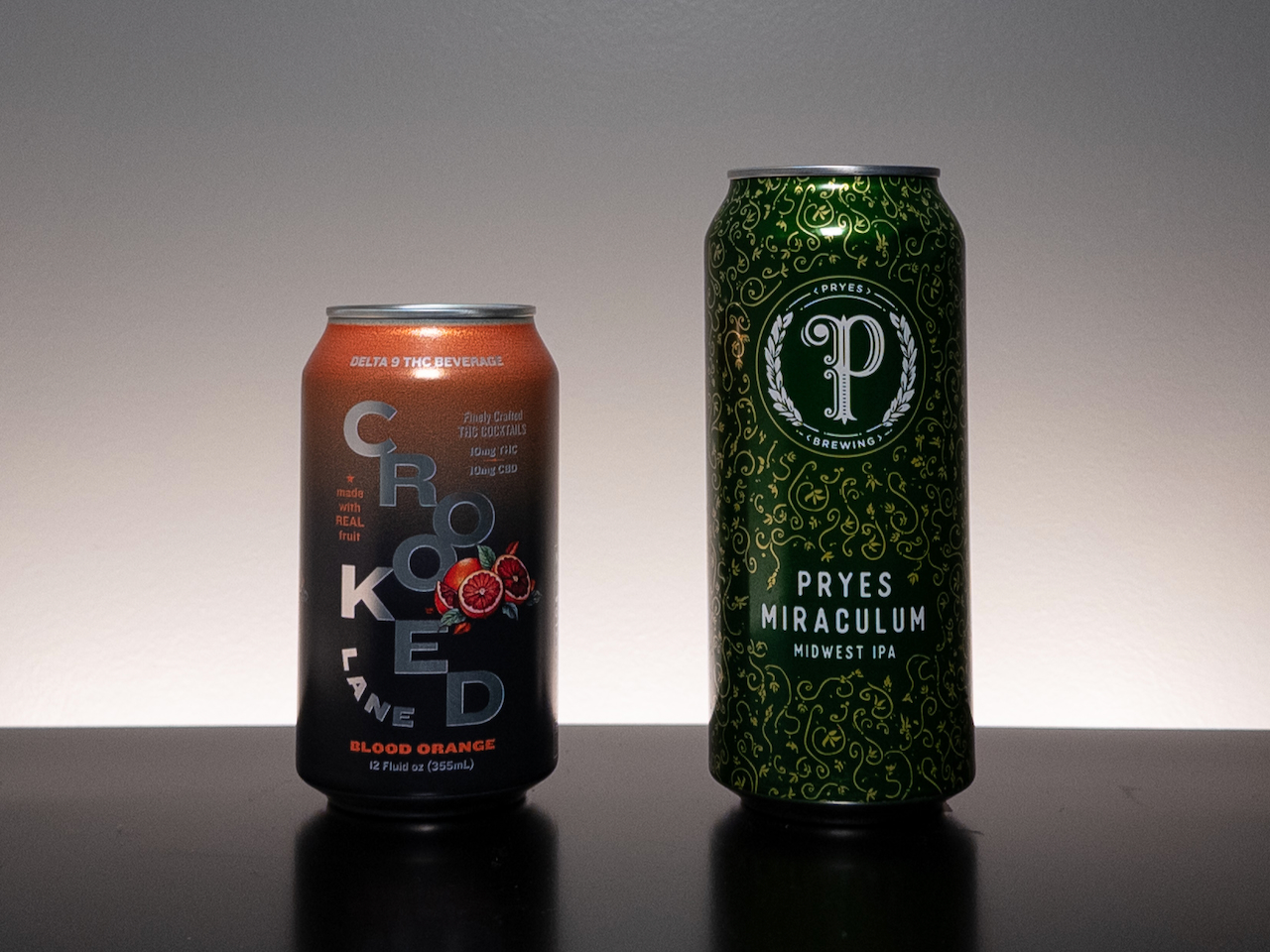Polyamory goes by many names—relationship anarchy, open relationships, ethical nonmonogamy, or just poly for short—and each offers a unique take on intimacy. A kaleidoscope of love, lust, connection, and freedom, these terms now swirl through dating apps and late-night conversations, whispered in group chats and declared proudly in bios.
In an era of swiping, situationships, and economic precarity, nonmonogamy is no longer fringe, it’s flirting with the mainstream.
But what exactly is polyamory? Is it a trendy rebellion against traditional monogamy, or a radical reimagining of how we build and sustain love? Why are so many people drawn to it, and why do just as many find themselves overwhelmed by it?
Let’s Start by Talking About What Polyamory Is Not.
Polyamory is not a cult—though I’ll admit that sometimes it feels like one if you’re in community with other poly folks).
Polyamory is not infidelity. We use the term “ethical nonmonogamy” to describe these structures with the assumption that everyone involved is fully aware of what’s happening and consents to it. This is what sets apart affairs from ethical practices of having multiple lovers or romances.
Polyamory is not a static relationship status, but rather one that changes with the individuals involved.
And polyamory is not a quick fix to relationship issues. Many people I’ve met in various poly communities decide to try “opening up” their existing monogamous relationship, often to try to salvage an imbalance. This is not a good reason to try polyamory.
People in poly relationships may operate in any number of different configurations, and there’s no one type of poly that’s the “correct” one. Some people are married or have “anchor partners” as well as lovers, dates, or other types of romances. Some poly folks never marry and choose to have many relationships with varying levels of commitment and intimacy. Some people exist in triads, or “throuples” where more than two people share intimate and romantic space together. And some people do not fit into any of these constructions.
How do I know?
I’ve been engaged in polyamory and ethical nonmonogamy for over a decade. I’ve been solo poly, anchored, in V-relationships, and many other formations of nonmonogamy. The terms don’t really matter, at least to me, so don’t get caught up in it—just know that I've been through a lot of the poly mess and have some thoughts for newbies or those who are polycurious.
My spouse and I are currently polyamorous. It’s a long story, but we’ve almost always been polyamorous since we partnered up in 2018, taking only a yearlong break to try monogamy.
At the beginning of us being poly, it felt like an orientation to me, like being gay or straight or bisexual. It felt static and immovable, a positioning I was determined to keep myself locked into. However, as I learned through this journey, polyamory is not a static status. It is a tool that offers the users authenticity outside of typical relationship structures. For us, polyamory was never a prescription, but rather a tool that we can draw from whenever the itch is there. And while monogamy was not for us for several reasons, that doesn’t mean we will never be monogamous again.
So, What Is Polyamory?
Polyamory is a complicated and deeply personal endeavor.
A lot of people are scared by the idea of nonmonogamy, and I am here to tell you, that fear is totally legit. It’s really scary to break molds and to trust someone so deeply that you allow the relationship to be open. While every relationship has its challenges, polyamory adds additional layers that are exponentially complex. Managing multiple emotional connections, time commitments, and differing needs can be overwhelming without strong communication and self-refection skills.
A common misconception about open relationships is that the people engaged in the relationships do not experience jealousy and that’s why they can cope. It’s not so easy.
Jealousy, insecurity, and fear of abandonment still show up in polyamorous relationships, and often more acutely. Rather than avoiding these emotions, people practicing polyamory must confront them directly and move through those feelings together. This often requires advanced emotional tools: regular check-ins, open dialogue about boundaries and expectations, and the ability to hear hard truths without defensiveness.
Many of us struggle with these tools in any kind of relationship, and adding any additional layer creates such fractals of complexity that many folks simply cannot (and arguably, should not attempt to) navigate.
Polyamory is queer. At the heart of polyamory’s complexity is its radical departure from cultural expectations. Most people are raised with a single story of romantic success: meet “the one,” fall in love, commit for life. Polyamory flips that narrative.
Society overwhelmingly promotes monogamy as the default. That means polyamorous people often have to:
- Explain or defend their relationship choices
- Face stigma or invisibility
- Unlearn internalized norms about love, jealousy, and commitment
For families rooted in polyamorous practice, this often means confronting legal, financial, and logistical systems that are not set up to accommodate multiple romantic partnerships. Health insurance, parental rights, taxes, hospital visitations—these systems typically recognize only one partner. Though some may disagree, to me this tension is queer-coded.
How Do I Know if Ethical Nonmonogamy Is Right for Me?
Ethical nonmonogamy isn’t a magic fix or a one-size-fits-all model. It can offer incredible freedom and intimacy, but it also demands emotional honesty, self-awareness, and an appetite for growth.
If you’re intrigued but unsure, that’s OK. Exploring polyamorousness with curiosity and care is already a solid first step. Many people who end up being poly are there because it’s an extraordinary fit for their lifestyle, needs, and love languages. However, I have some recommendations for those with no idea where to start when thinking through their relationship status:
- Know Your Why. Are you seeking more connection, intimacy, freedom, or exploration? Are you motivated by abundance, curiosity, or by dissatisfaction with your current relationship(s)? Is this a choice you're making consciously—or are you reacting to external pressure?
- Reflect on Your Values. Do you believe love and connection can be shared without scarcity? How do you define commitment, trust, and fidelity? Are you okay with your partner(s) having other relationships?
- Assess Your Communication and Emotional Tools. Can you talk openly about boundaries, jealousy, and needs? Are you comfortable hearing about your partner’s other relationships? Do you have the bandwidth (emotional and logistical) to manage multiple dynamics?
- Assess Your Commitment to Self-Regulation and Growth. Are you willing to sit with discomfort, reflect, and grow? Are you open to feedback, repair, and course correction?
Polyamory isn’t a shortcut to happiness. It’s work. It’s listening when it’s hard, holding space when you’re tired, navigating the grief of unmet expectations while celebrating the wild beauty of multiple loves. Sometimes, it’s knowing when to pause, recalibrate, or walk away. And sometimes, it’s incredibly mundane.
If you’re curious about ethical nonmonogamy, know this: you don’t need to have it all figured out. You don’t need to label yourself or rush into new structures just because you’ve read an article, or because your friends are trying it. You can take your time. You can change your mind. You can be polyamorous and still get jealous. You can try monogamy and later return to nonmonogamy with new insight. This is not about being perfect—it’s about being honest.
At its core, polyamory invites us to ask: What does love look like when it’s not shaped by fear?
The answer will be different for everyone.
And that’s the point.
Whether you’re just beginning to ask the questions or already deep in the mess and magic of it all, you’re not alone. Keep asking. Keep choosing. Keep loving on your own terms.
Land o’ Lusts is a love letter to the bohemian underbelly of the Twin Cities. In each installment, writer Melodie KG—a Minneapolis-based consultant, nonprofit leader, and adult industry professional—seeks to dispel myths, uphold truths, and inspire conversations that reduce stigma for local sex workers, erotic professionals, risqué artists, and other deviants.
Have an idea for a story or profile? Interested in being interviewed? Have a (hopefully not literally) burning sex question? Reach out to me at contact@melodie-kg.com.







